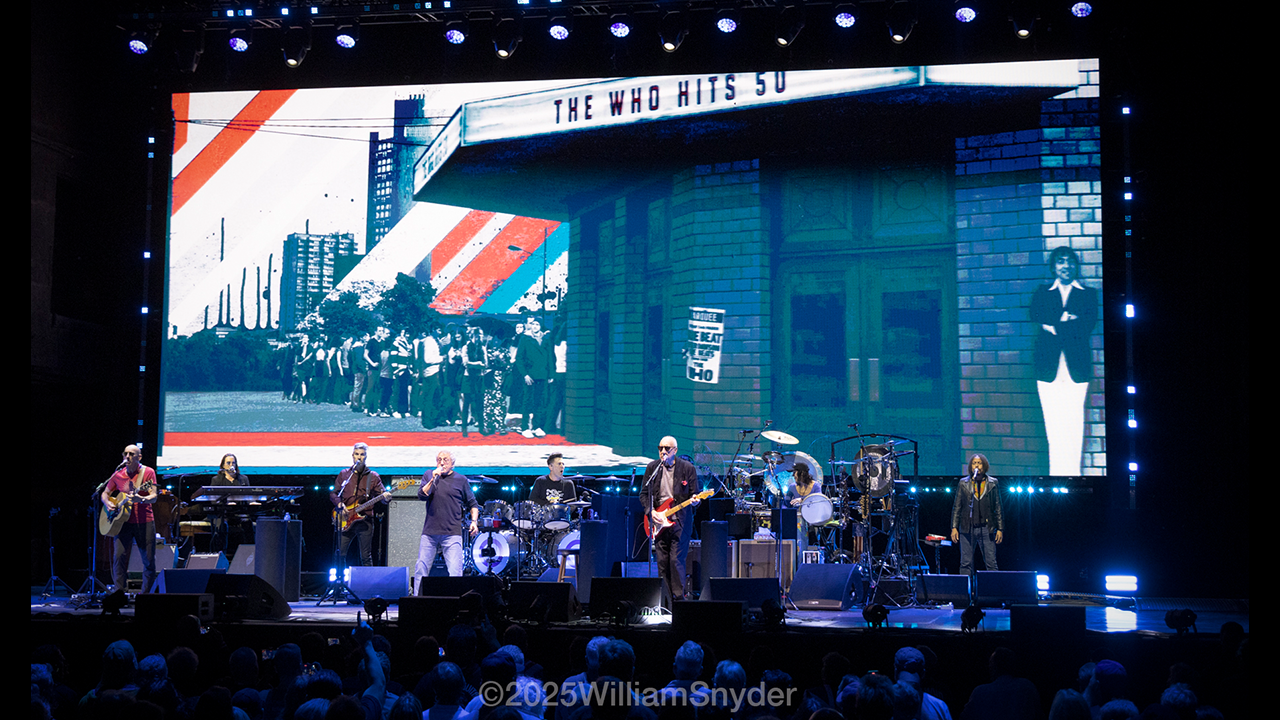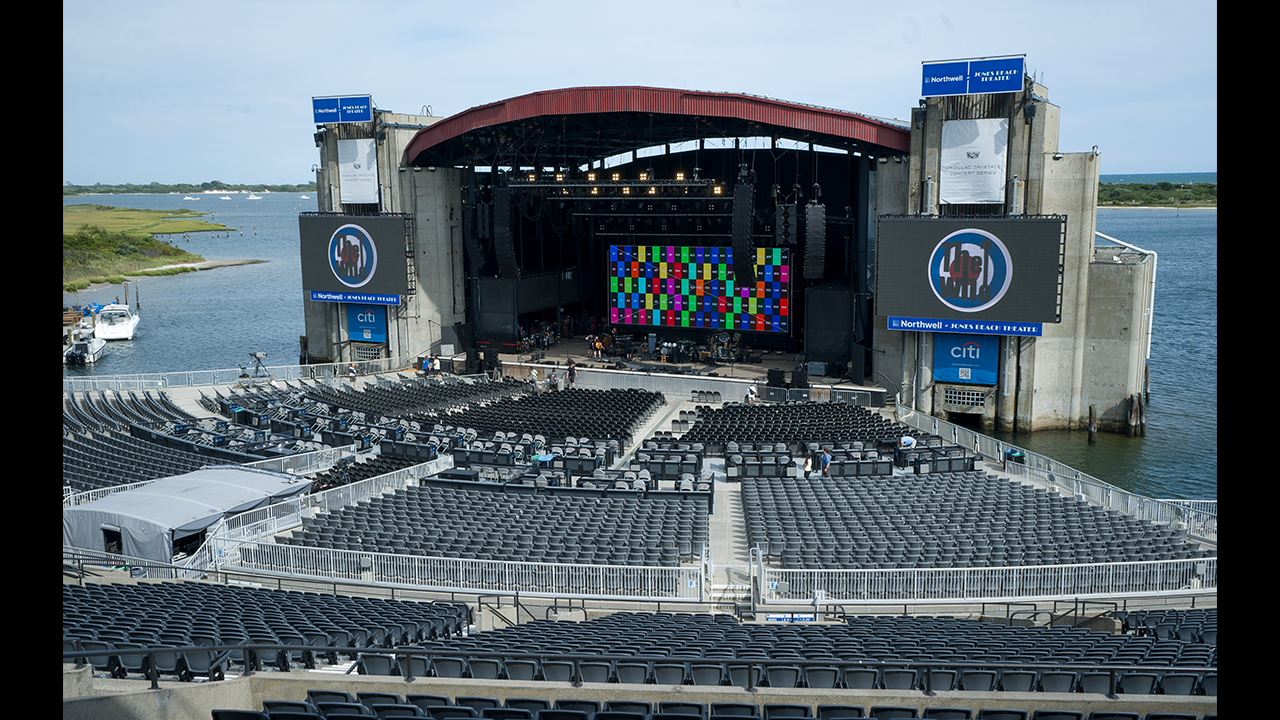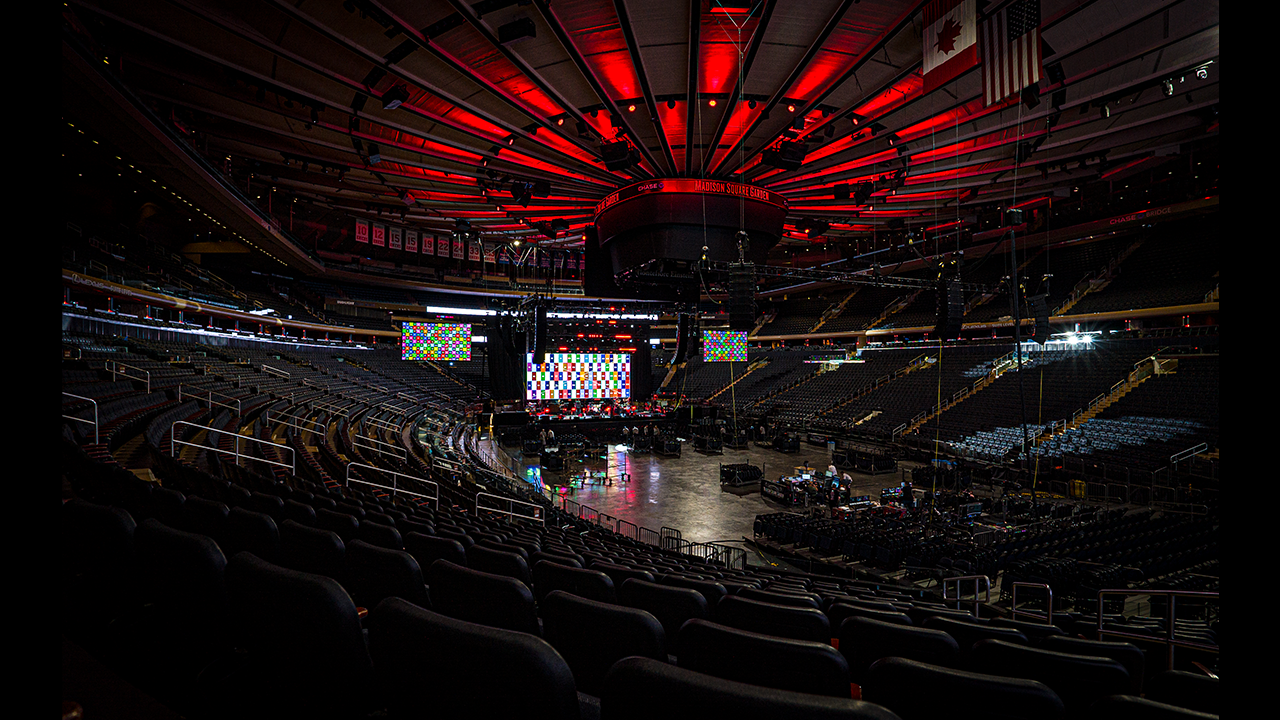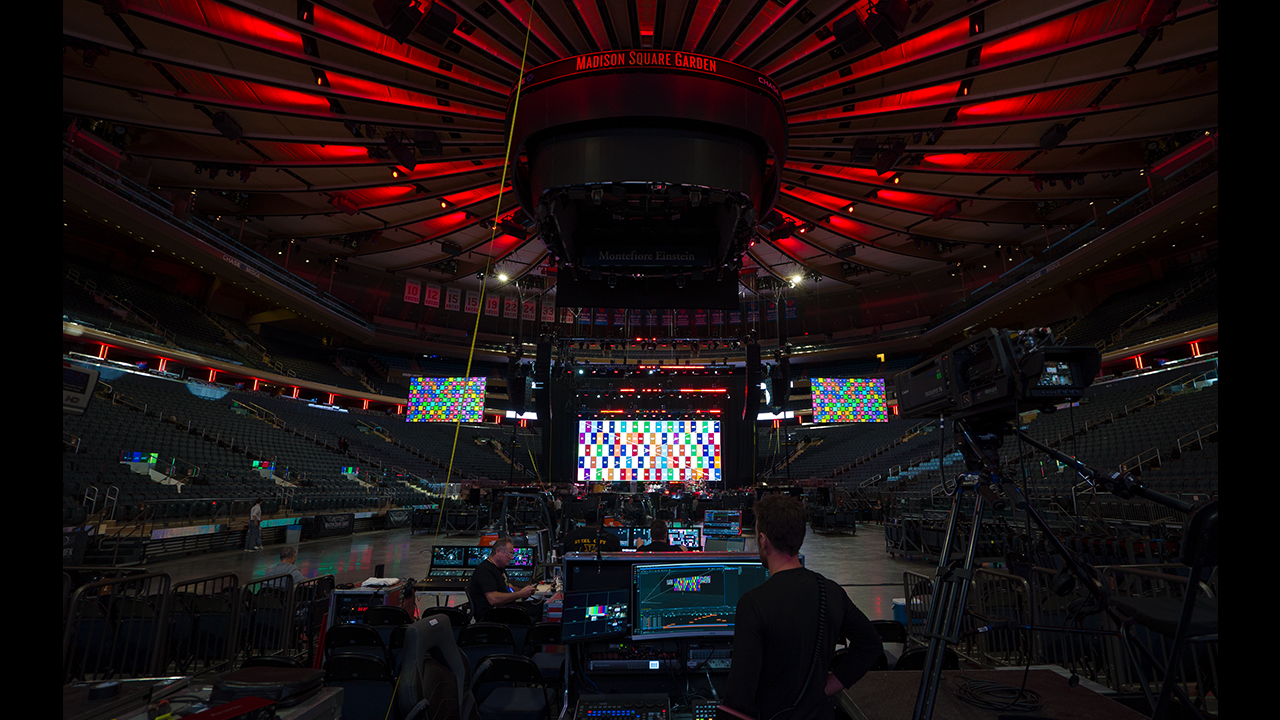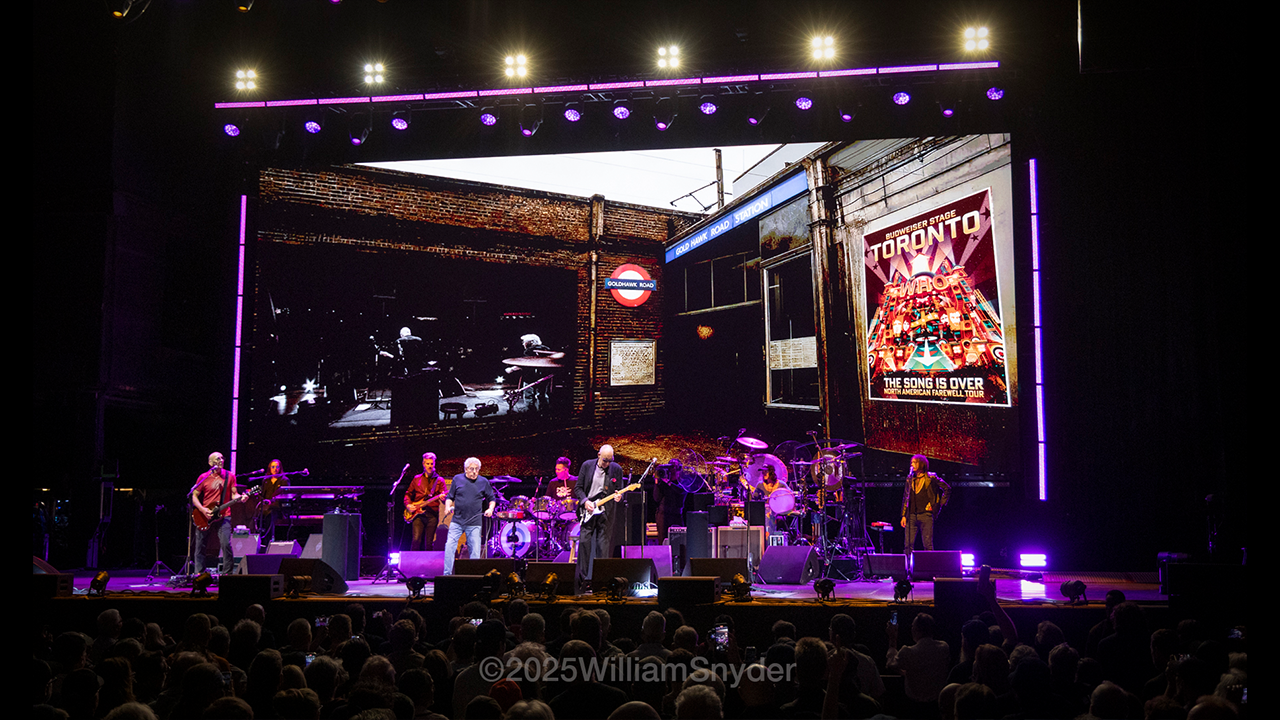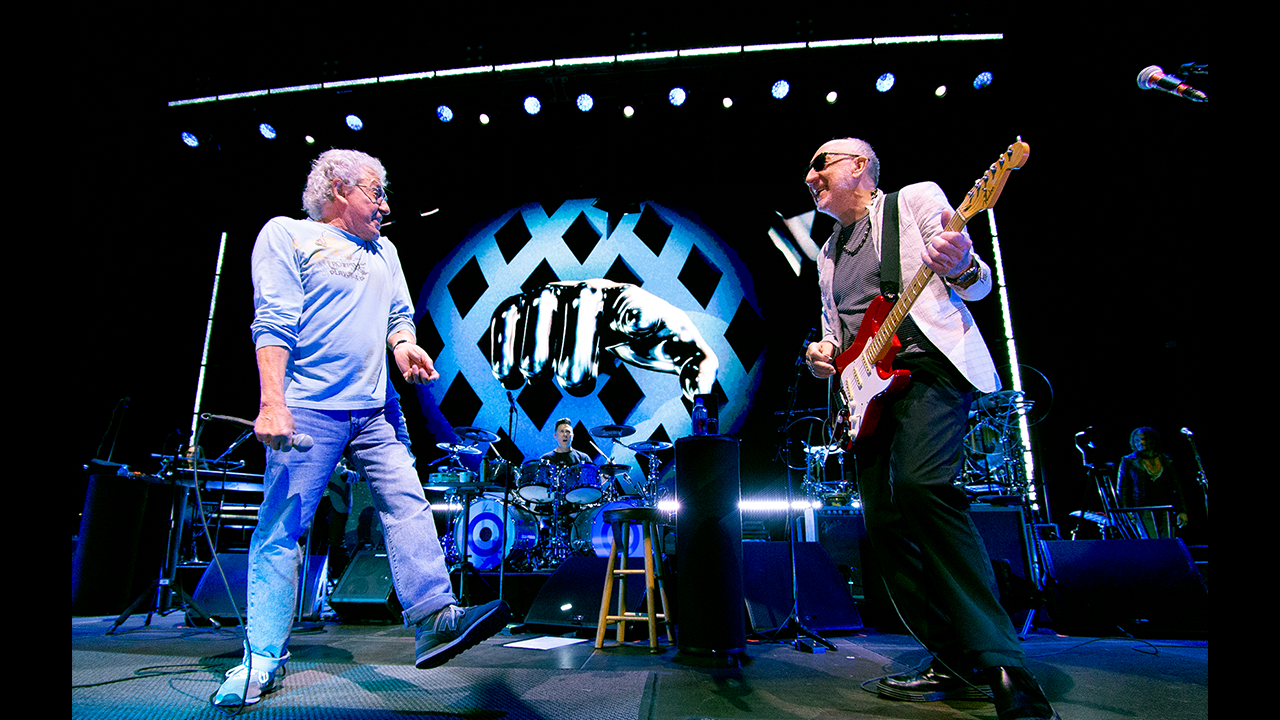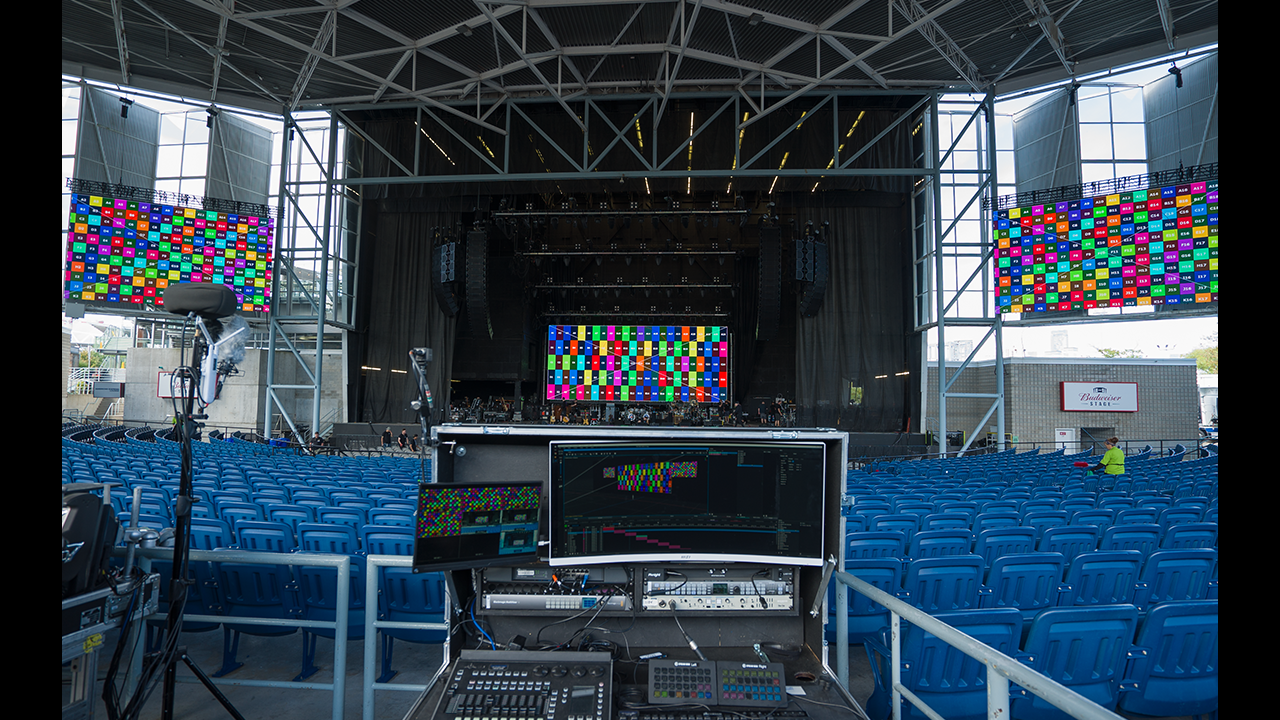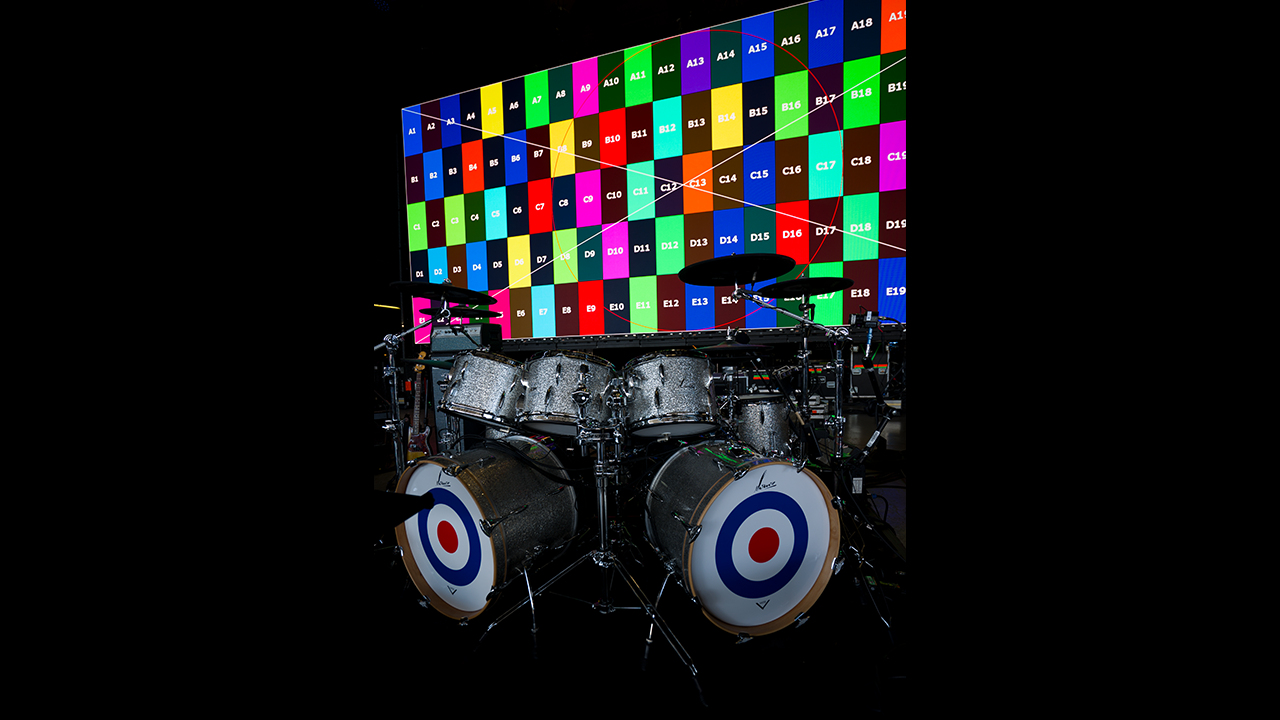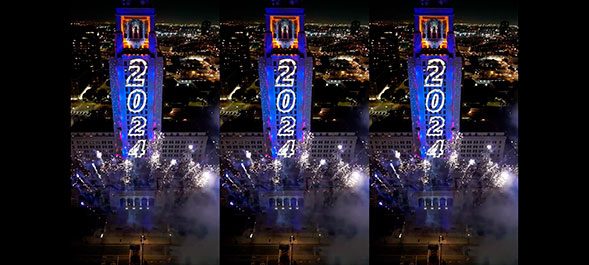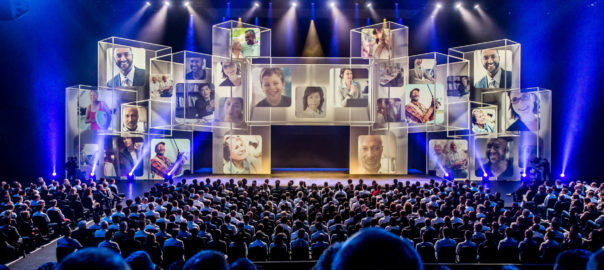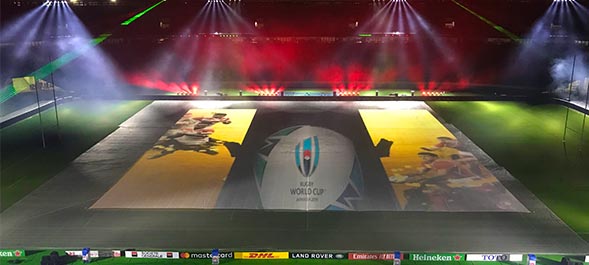Production Manager : Mitch Gee
Content Director: Des Murphy
Lightning Designer: Tom Kenny
Video technical design: Monochome Project
Media Server Programmer: Louis Buxin
Photo credit: William Snyder
The Who’s Farewell Tour enhanced by Modulo Kinetic
After sixty years of career, the legendary British band The Who is taking a final bow with their North American Farewell Tour. From mid-August to the early October 2025, the band will perform across Canada and the United States for 18 exceptional shows. In charge of the video technical design for this last tour, Canadian company Monochrome Project selected Modulo Pi’s Modulo Kinetic media server solution to power the show.
Roger Daltrey, 81, and Pete Townshend, 80, founding members of the British rock band The Who, chose to travel across the U.S. and Canada for their farewell tour. The video technical design of these special concerts was entrusted to Montreal-based Monochrome Project, a company specialized in touring and video mapping.
“We are now halfway through The Who tour, and everything is working perfectly,” says Louis Buxin, Innovation Director and media server specialist at Monochrome Project.
The scenography relies on a central ROE LED wall positioned upstage, measuring 15 x 6 m with a resolution of 2496 x 1040 pixels. This main screen is complemented by two side LED walls, each approximately 7.5 x 4 m. Depending on the equipment available in each venue, the side walls are sometimes replaced with a video projection system, using two projectors in dual mode per screen.
The whole system is powered by the Modulo Kinetic media server platform from Modulo Pi, with one Kinetic Designer workstation connected to two V-Node servers – one main, one backup.
The side screens require warping, managed through Modulo Kinetic and its companion app Warp Remote. Offered for free by Modulo Pi, the app can be installed on a laptop for greater flexibility, allowing operators to work closer to the projection surface for a perfect alignment, while keeping the Kinetic Designer workstation at front of house.
In terms of content, the screens display both graphic visuals and live camera feeds. Depending on the songs performed, different visual effects are applied live via Modulo Kinetic – such as 1970s-style TV effects, black & white, blue LUT, or red/green city light looks.
“The feedback we’ve received regarding the effects has been really good, and people are quite impressed by the minimal delay we get, even while processing,” explains Louis Buxin.
Monochrome Project made use of Modulo Kinetic’s GPU-based effects. Harnessing GPU processing power allows the team to apply sophisticated real-time visual effects to the video streams, without any noticeable latency.
“The effects are entirely based on render graphs, which give us more flexibility for adjustments. We also use these render graphs to manage live masks whenever we want to display camera feeds in complex shapes,” adds Louis Buxin.
The video and lighting show is partly synchronized to Art-Net timecode, while other elements are operated live.
GrandMA3 Full Size lighting consoles communicate directly with Modulo Kinetic via Art-Net. This allows Tom Kenny, lighting designer for the tour, to control the intensity of certain video parameters directly from his console, ensuring perfect consistency between lighting and visuals. This centralized live management contributes to creating a seamless unified visual world, worthy of the last stage journey of a legendary band.
Launched on August 16 in Florida, the North American Farewell Tour spans Canada and the U.S. with 18 shows in iconic venues, including Madison Square Garden in New York and the Hollywood Bowl in Los Angeles. The tour will conclude on October 1 in Palm Springs, California.

